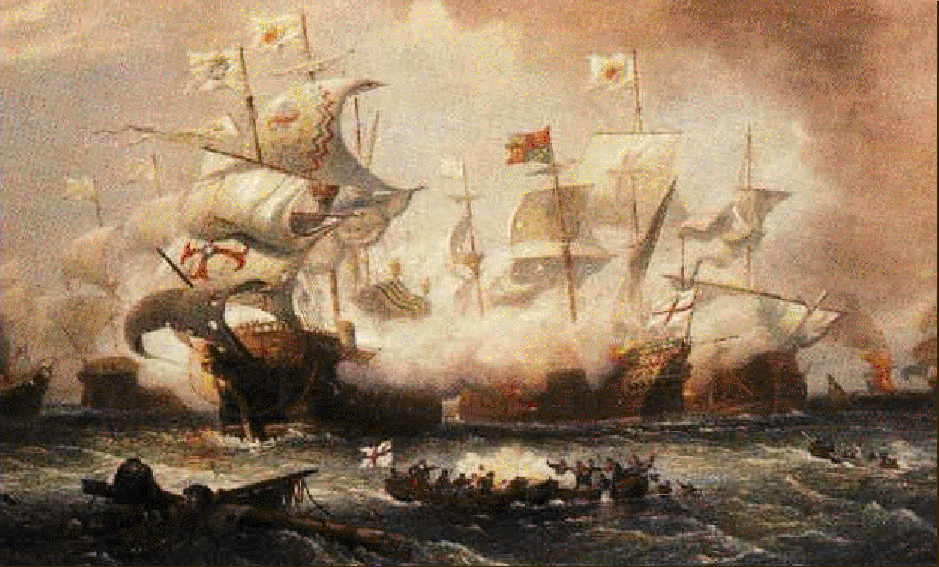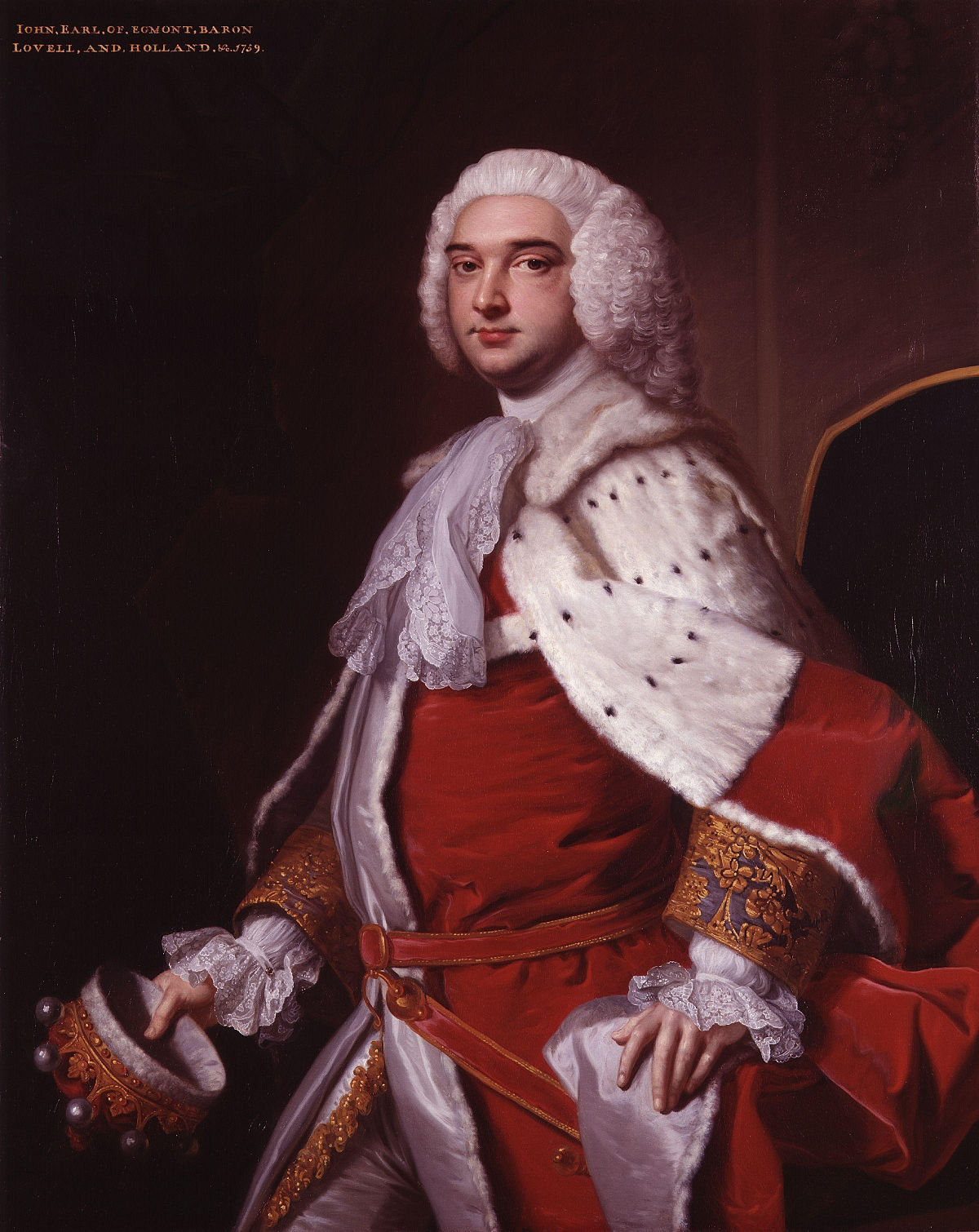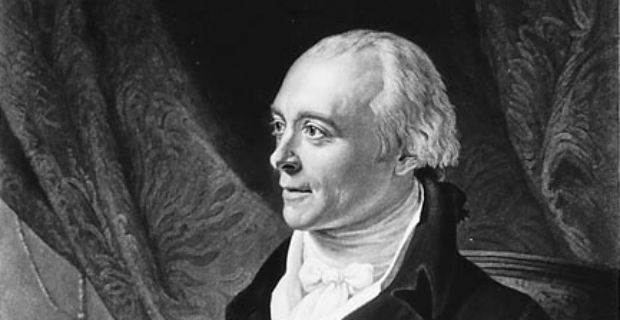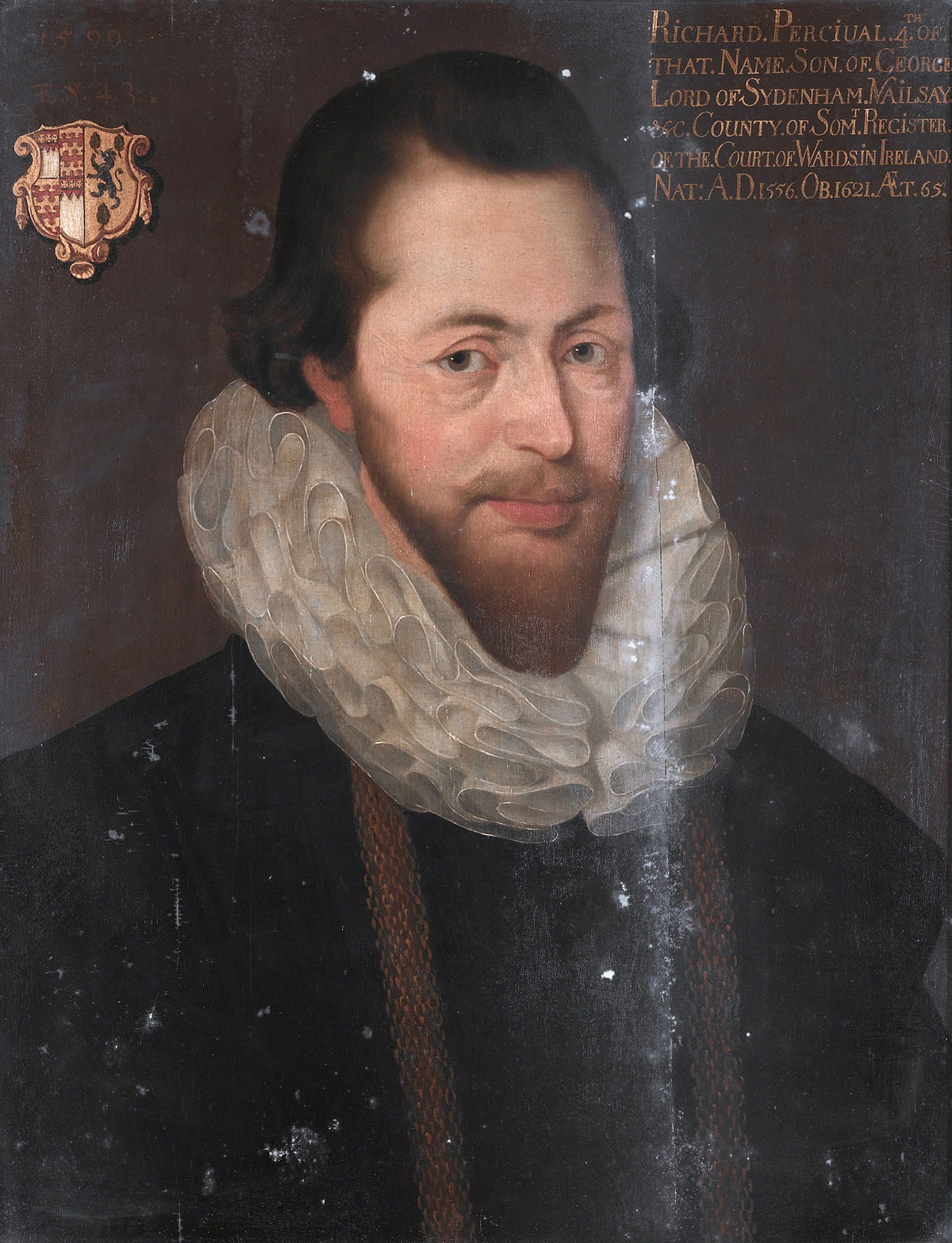The first member of the Perceval family who settled in Ireland was Richard, eldest son of George Perceval Lord of Tykenham and Rolleston. He was born in Somerset in 1550 and educated at St Paul’s Westminister and Lincoln’s Inn where brilliance as a student was only matched by his dissipated and disorderly conduct. His father cut him off from his inheritances when he married a Miss Young of Dorset. He quickly acquired a large family and took himself off for Spain at the age of a effort to support them.
When his wife died in the year 1586, Estranged from his father, Richard Perceval won the patronage of Lord Burleigh and a lowly position of great trust and secrecy in the service of Elizabeth I. Documents recently captured from a Spanish ship on its way to Holland lay in Elizabeth’s court but could not be de-coded and Perceval got the task of and decoding them, having an exceptional aptitude for languages and for code-breaking. He returned the documents the next day to Elizabeth in person, deciphered, translated and fairly written in Spanish, Latin and English.

The documents, in fact, carried the entire plans for the Spanish invasion of England the following year, including a full account of the Spanish Armada. This made Richard Perceval very favoured at court and in the space of two years his salary was over £4,000 per annum. His career progressed under Lord Burleigh and in 1617 he sold some land in Somerset and came over to Ireland where he purchased land for his family. He was appointed head of The Court of Wards a very lucrative post that involved looking after the estates of wealthy minors. Having obtained considerable lands in Ireland, Richard died 1620 and is buried at St Albans.
Richard’s eldest son, Walter, died in 1624 and the next son Phillip took on responsibility as head of the family. Phillip consolidated his position at Court in Dublin and acquired other posts as well as a knighthood. He both purchased and mortgaged more land until by 1640 he had accumulated 62,000 acres in north Cork. These lands included McCarthy estates and the castles of Kanturk and Lohort. He opposed the rebellion of 1641 and he personally financed the garrisons in his own castles. Sir Philip survived the turmoil of the civil war and died 10 November 1647 and is buried in St Martin in The Fields, London.
Phillip’s wife was Catherine Usher. Philip’s son John, born 1629, married Catherine Southwell of Egmont near Kinsale in 1655. Two years before his marriage he took possession of Lohort Castle. Sir Hardrass Waller had evicted the Royalists by force in May 1652 and in doing so he knocked the three top stories of the castle. This lowered the castle by 35 feet. John Perceval was knighted in 1661 at Oxford by his friend, Henry Cromwell. Sir John Perceval died in 1665. He was succeeded by his eldest son Sir Philip who died in 1680. The 2nd son Robert having been murdered in 1677, Sir Philip was succeeded by the 3rd brother Sir John who married Lady Catherine Dering, and died of plague in 1686. His eldest son Edward succeeded but died in his 9th year in 1691. Edward was succeeded by his brother John. This Sir John married Catherine Parker in 1710, was created Viscount Perceval of Burton 1715, Viscount Perceval of Kanturk 1722 and 1st Earl of Egmont 1733. He died in 1748.

His son Sir John 2nd Earl of Egmont, born 1683, married Catherine Cecil by whom he had 7 children. She died in 1752. They spent a large sum restoring and refurbishing Lohort. He married secondly in 1756 to Catherine Compton, Baroness Arden in her own right and Baroness Arden of Lohort, in the Irish peerage, in 1750. He had six more children with her. He died in 1772. Spencer, the 2nd son of the 2nd marriage became Prime Minster of England 1809-1812.

He was the only PM to be assassinated in the House of Commons. He used to visit his mother at Lohort and also an unattached lady who lived in some style in a Georgian house in the yard of the ruined Magner’s castle. The first son by the 2nd marriage was Charles, 1st Lord Arden of Lohort 1801 who married Elizabeth Spencer. He it was who donated the gateway to the re-built St Brigit’s Church of Ireland church in Castlemagner in 1814.
Sir John was succeeded by John James, first son of his first marriage. John James 3rd Earl, born 1737, married Isabella Paulet and died 1822. The 4th Earl was their son John who married Brigit Wynn and died 1835. His son Henry 5th Earl, born 1796, married Louisa d’Orsolet and died in 1841. Henry willed the Egmont estates to Sir Edward Tierney, the family law agent.
George James, elder son of Charles 1st Lord Arden was the 6th Earl. Born in 1794, he rose to Admiral RN by 1822 and married Jane Hornby in 1816. He succeeded as 2nd Lord Arden in 1840 and 6th Earl of Egmont in 1841. George James took a case against Sir Lionel Darrel, son-in-law of Sir Edward Tierney, to recover the Egmont estates. The case was settled out of court in 1866, George James got the estates and Sir Lionel got £125,000. The sale of the Egmont estates in Ireland was completed under the Ashbourne Act 1885. George James dsp 1874. He was succeeded by his nephew (sister’s son) Charles George 7th Earl, born 1845 who married Lucy King and dsp 1897. The Egmont earldom lay dormant until 1930. The Arden lordship is still extant in the peerage of England.

